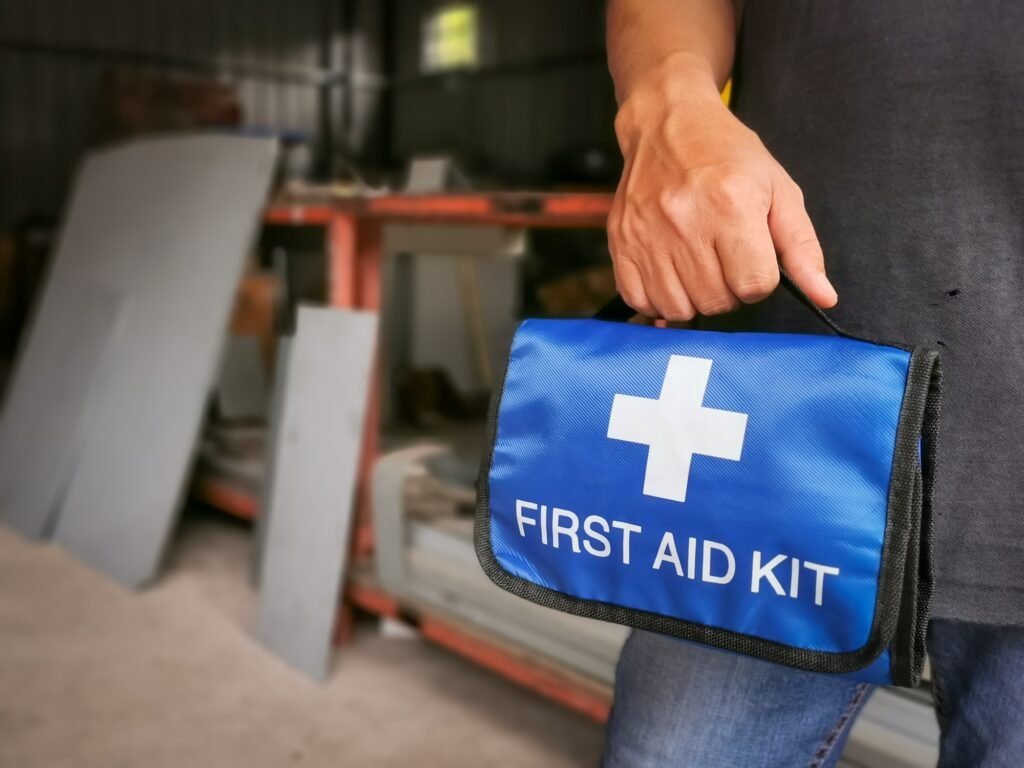The Middle East is a key consumer market for bags. It offers bag suppliers major trade opportunities but also presents logistical, cultural, and regulatory challenges. Bag Suppliers from different countries face varying levels of convenience in customs, certifications, tariffs, and product adaptation.
What are the advantages for bag suppliers to trade with the MENA
Tariff Benefits and Free Trade Agreements
- Turkey: Turkey enjoys tariff reductions under a free trade agreement with the Gulf Cooperation Council (GCC). Turkish bags can enter markets like Saudi Arabia and the UAE with zero or reduced tariffs. In 2024, Turkey exported 34 million pieces, making up 96% of the Middle East’s total imports (source: IndexBox).
- EU Countries: Some Gulf countries have signed trade cooperation memorandums with the EU. Customs clearance is more streamlined for EU suppliers, and tariffs are manageable. Since the UAE-Israel economic partnership upgrade, European brands now enjoy faster access to Dubai’s logistics centers.
Logistics Hubs and Fast Delivery Channels
- Dubai Port and Sharjah Logistics Park: Dubai’s world-class port and free trade zones like JAFZA offer a fast-track channel for suppliers to ship products into the Middle East, then onward to Africa and Europe. Through the “Dubai Mall Direct Mail” model, small batches or samples can reach buyers within 48 hours.
- Gulf Air Cargo: Carriers like Emirates and Saudi Arabian Airlines run frequent cargo flights. Shipping time from Shanghai to Dubai is typically 3–5 days, giving suppliers more flexibility in inventory planning.
Halal Certification and Cultural Fit
- Middle Eastern markets demand Halal-certified bags, especially for leather products. This certification signals both quality and hygiene.
- Turkey, Egypt, and Morocco—traditional leather suppliers—have robust local Halal certification systems. Bags from these countries are more easily accepted in Muslim markets like the UAE and Saudi Arabia.
Seamless E-Commerce Access
- Amazon.ae, Noon, Namshi all support cross-border sellers through programs like “Amazon Global Selling UAE”, “Noon Elevate”, and “Namshi Connect”. These help with fast store approvals and certification processes. In 2024, 22% of new brands launched and made their first sale within 30 days using these programs.
- A one-time customs clearance system is being implemented. Suppliers clearing goods once in Dubai can deliver throughout the GCC, reducing multiple clearance costs.

What are the difficulties for bag manufacturers in trading with the Middle East?
High Tariffs and VAT
- GCC nations charge 5–15% import tariffs and VAT (e.g. 15% in Saudi Arabia) for non-FTA countries. This increases retail prices and weakens competitiveness of low- and mid-range bags.
- The bag Suppliers in the EU and North America must absorb high tariffs and freight costs unless they relocate part of their production to FTA regions.
Certification and Regulatory Hurdles
- Halal certification is costly and time-consuming. Standards vary between countries, requiring separate approvals in the UAE and Saudi Arabia.
- Environmental regulations are tightening. Gulf countries are adopting EU REACH-like rules, restricting bag dyes and chemicals. Some Asian Bag vendors struggle to update production lines quickly.
Logistics Delays and Customs Risks
- Despite Dubai’s advanced facilities, sandstorms and peak seasons (e.g. Ramadan, Hajj) cause clearance delays of hours or days. Delays increase by 20–30% during these periods.
- Customs inconsistencies also occur. For example, when exporting from Morocco to Egypt, product ingredients must be declared multiple times. Procedures can be slow and fees unclear.
Cultural Sensitivities in Design
- Middle Eastern buyers prefer luxury and cultural relevance. Generic European or Asian designs often fail to appeal. A basic backpack might see only 20% acceptance in Dubai, but adding Arabic geometric patterns raises it to 60–70%.
- Packaging for Muslim women must avoid transparency or excessive decoration due to cultural norms.
Currency Volatility and Payment Barriers
- While the Saudi riyal and dirham are stable, currencies like the Egyptian pound fluctuate, weakening buying power and affecting demand.
- Cross-border payments remain limited. In countries like Iran, bag factorier must rely on third-party payment processors, raising transaction costs.

What are Middle Eastern countries doing to improve the trade environment?
Regional Supply Chain Localization
Programs like Saudi Vision 2030 and UAE’s In-Country Value (ICV) promote local sourcing. Bag manufacturers are encouraged to set up branches or joint ventures.
For example, Bottega Veneta has opened a “Middle East workshop” in Dubai. Bags finished locally avoid 5–15% import taxes (source: Breakbulk).
Smart Logistics and Digital Manufacturing
Dubai International Airport has installed smart customs cabinets, boosting efficiency by 30%. Robotics and self-service tools reduce clearance delays.
Bag vendors are using digital traceability to show leather origins, production steps, and quality records—meeting local demands for transparency and reducing returns.
Sustainability and Eco-Friendly Materials
Green products are gaining popularity among high-end Middle Eastern consumers. By 2030, sustainable bags could reach 25% market share, up from 12%.
Bag Suppliers are using materials like rapeseed leather and recycled polyester fiber to meet demand for eco-friendly alternatives.
Growth of E-Commerce Infrastructure
Amazon.ae, Noon, and Namshi will boost local warehousing and buy-now-pay-later (BNPL) services between 2025 and 2026. Fashionable bags are expected to be one of the fastest-growing categories in Middle Eastern e-commerce.
According to IndexBox, the MENA bag market will grow from US$5.6 billion in 2024 to US$6.8 billion by 2035, at a CAGR of 1.8%.
Summary: Keys to Succeeding in the Middle East Bag Market
The Middle East combines a luxury-driven demand with deep cultural values. Bags Suppliers benefit from:
- Tariff-free zones
- Fast logistics
- Rising e-commerce channels
However, they must manage:
- Certification complexity
- Design localization
- Volatile logistics and currency
Adapting fast—through green production, digital tools, and local partnerships—will give bag vendors a stronger foothold in this growing market.
FAQs: How to Export Bags to the Middle East
Q1: What certifications are needed for exporting bags?
- Halal certification: Required for leather and close-contact products. Must be issued by a locally approved body.
- Certificate of Conformity (COC): ISO 9001 or similar QMS certification is often required.
- Environmental test reports: For lead- and heavy metal-free compliance, especially in the UAE and Saudi Arabia.
Q2: How to reduce high tariffs?
- Use FTA countries like Turkey or Egypt as your production base.
- Finish production in Dubai free zones (like JAFZA) to enjoy tariff benefits.
Q3: What are cultural design considerations?
- Color and pattern: Earth tones and metallics work best. Avoid overly bright or religiously offensive designs.
- Advertising: Avoid flashy promotions during Ramadan. Co-branded Ramadan or Eid collections improve acceptance.
Q4: What are delivery time expectations?
- Air freight: Shipments from China, EU, or US should arrive within 1 week.
- Peak season planning: Complete restocking 2–3 weeks in advance.
- Local warehousing: Store hot-sellers in regional 3PLs to meet 48-hour delivery expectations.
Q5: How to handle returns and after-sales?
- Build regional after-sales centers in Dubai, Sharjah, Riyadh.
- Offer at least a 7-day no-questions return policy.
- For high-end bags, provide genuine leather care guides and support via local repair partners.




